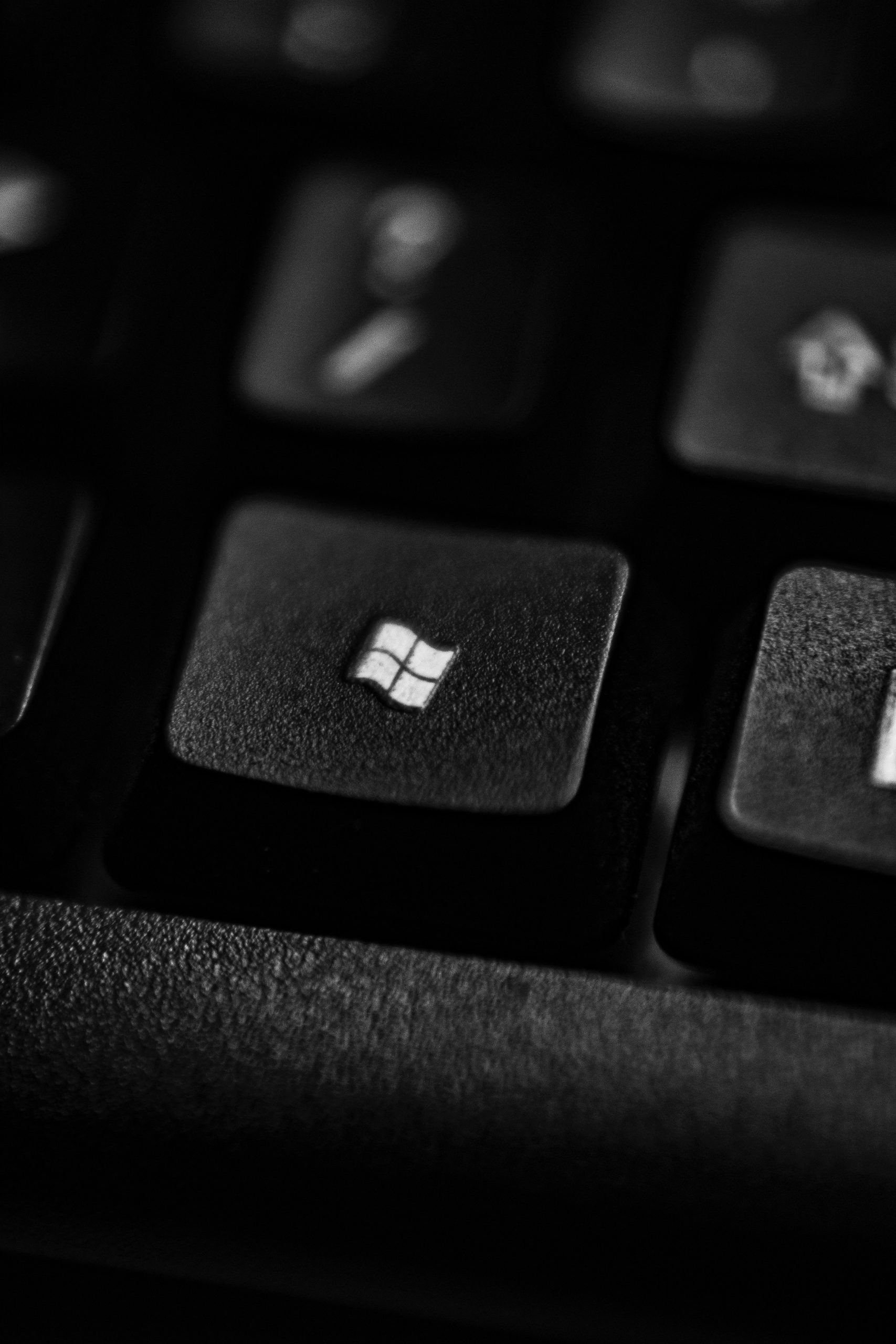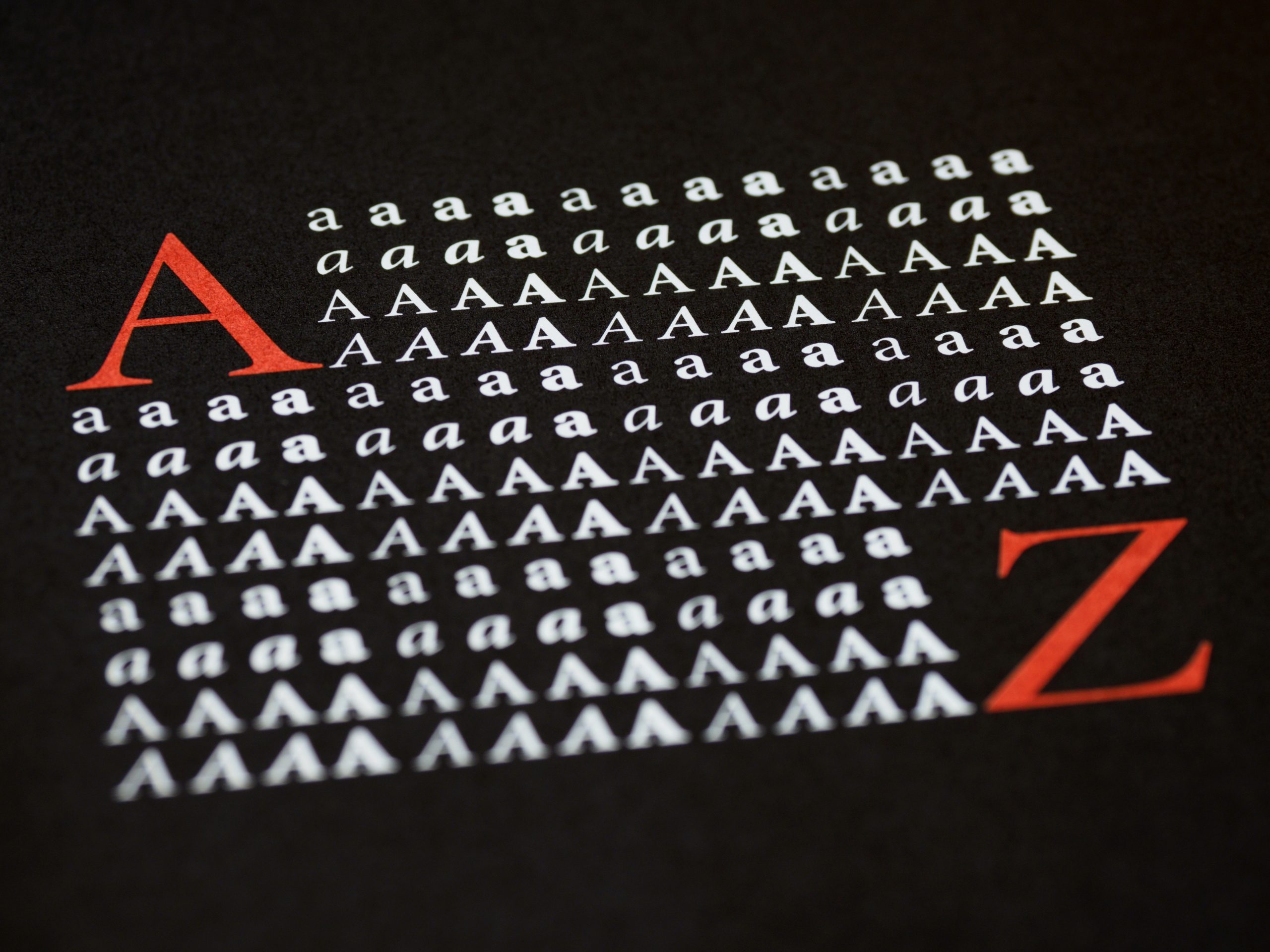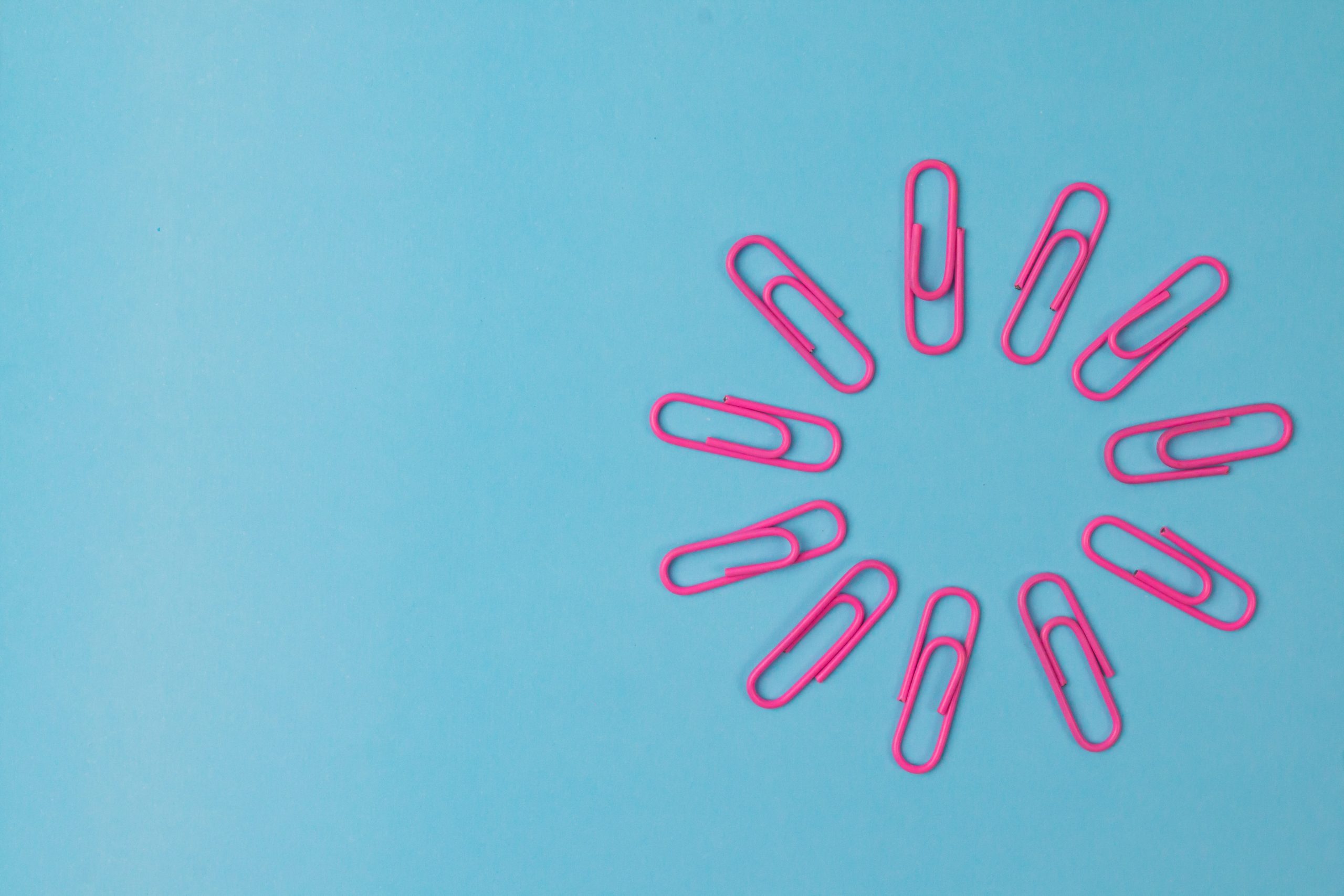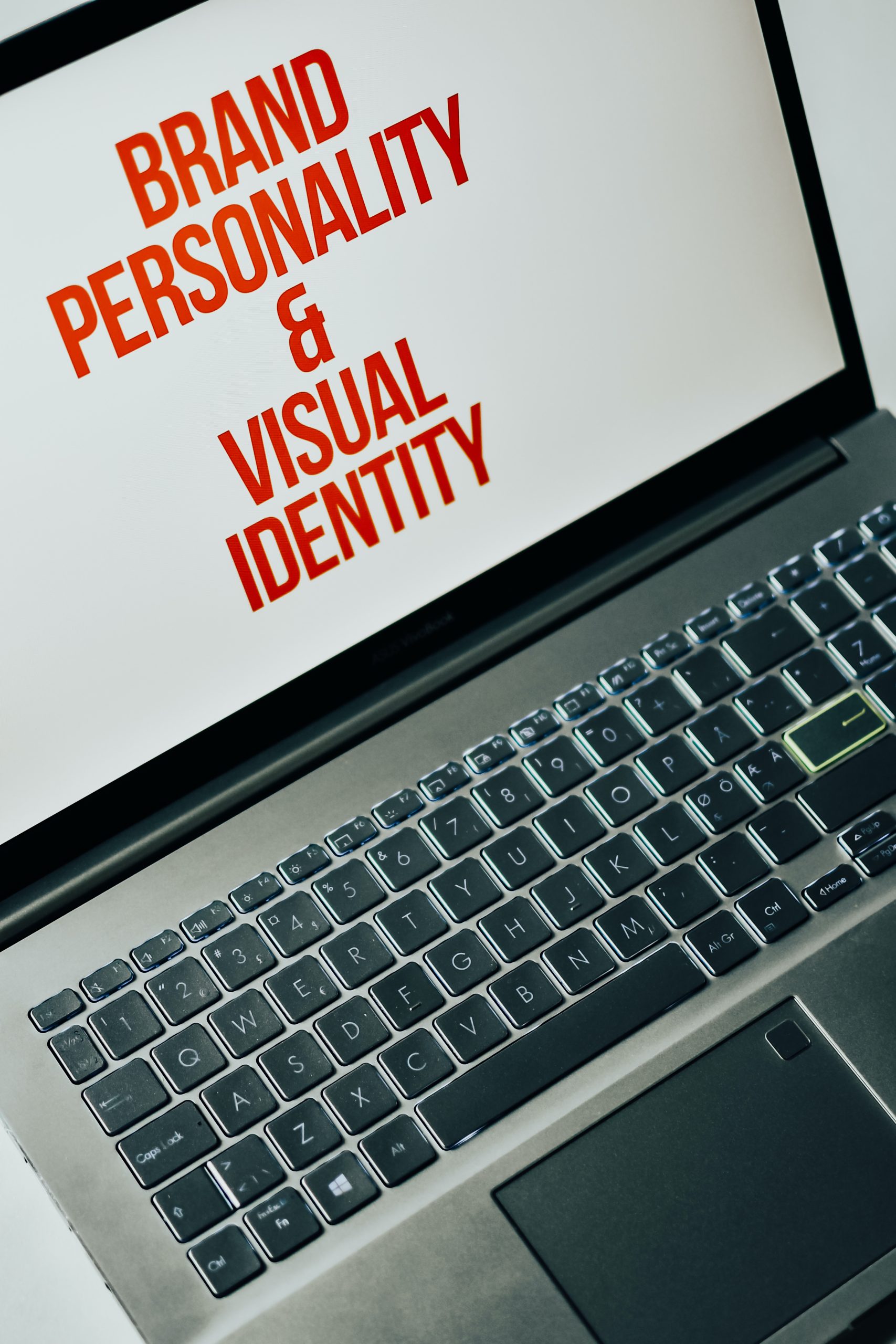Creating a logo for your business or organization can be a daunting task. It is important to create something that accurately portrays the company’s mission, values and personality. A good logo will help you stand out from the competition and create an unforgettable impact on potential customers. There are certain elements to consider when creating a logo, which is why it’s important to know the dos and don’ts of logo design. Also, you can always hire a Professional Logo Designer to help you with the design.

What is a Logo?
A logo is a symbol, design, or emblem that identifies a company, organization, or product. It serves as the visual representation of the brand and helps customers distinguish it from competitors. A successful logo is memorable and recognizable even without the name of the company attached to it.
When creating a logo, it’s important to keep in mind its purpose and audience. The logo should reflect the values and personality of the brand while also appealing to its target market. It’s also crucial not to overcomplicate the design with too many elements or colors that may confuse viewers.
Overall, a good logo should be simple yet powerful enough to leave a lasting impression on consumers. By following best practices and avoiding common pitfalls when designing logos, brands can create successful visual identities that help them stand out in their respective industries.

Do: Simple Design
When it comes to designing a logo, simplicity is key. A simple design allows for easy recognition and memorability. It also ensures that the logo can be easily reproduced on various mediums without losing its clarity or effectiveness.
A cluttered or complicated design can be overwhelming and difficult to understand, which can negatively impact brand perception. Therefore, it’s important to keep the design clean and minimalistic, with only essential elements included.
One effective technique for achieving simplicity in logo design is through the use of negative space. This involves using the space around an object or text to create a shape that adds meaning or depth to the overall design. Negative space can make a logo more memorable while maintaining its simplicity and elegance.
In conclusion, simple designs are powerful tools when it comes to creating logos that accurately represent your brand. By focusing on keeping your logo minimalistic, incorporating negative space effectively and choosing colors with care you will end up with a strong brand identity that resonates with your audience long after they’ve seen it once.
![]()
Do: Icon and Text Together
Using an icon and text together is a great strategy for making a good logo. This combination is effective because it provides both visual appeal and information. The icon can represent the company’s values, mission or services while the accompanying text helps to communicate the brand name or any additional information.
Moreover, using icons in logos can make them more memorable and recognizable. People tend to remember images better than words, so incorporating an icon can help your logo stick in people’s minds. Additionally, using an icon can also help convey complex ideas in a simple way that would be hard to achieve with just text.
However, it is important to ensure that the icon and text are balanced properly in order to create a visually pleasing design. Both elements should be legible and complement each other well. It is also important to consider how your logo will look across different mediums such as print, digital media or merchandise since this could impact its effectiveness.

Do: Emphasis on Typeface
When it comes to creating a memorable logo, the typeface you choose can make or break the design. It’s crucial to choose a typeface that is both legible and visually appealing. A well-chosen font can convey the brand’s personality and values, while an inappropriate one can create confusion and detract from the overall message.
To ensure your logo stands out and makes a lasting impression, consider using custom typography. Custom fonts help differentiate your brand from competitors by creating a unique visual identity that is instantly recognizable. However, be mindful of legibility when designing custom typography; as it could end up being too complex or difficult to read on smaller scales.
Lastly, remember that less is often more when it comes to typography in logos. Using too many different fonts can create clutter and detract from the overall message you’re trying to convey. Stick with one or two complementary fonts for a clean and cohesive design that effectively communicates your brand’s identity.

Don’t: Use Clip Art
Using clip art in your logo design is a big no-no. Clip art may seem like an easy solution, but it’s not a good idea for several reasons. First of all, clip art is generic and lacks originality. Using it can make your logo appear unprofessional and uninspired.
Secondly, clip art is often overused and can be found elsewhere online. This means that you risk having a similar or identical logo to another company, which can lead to trademark infringement and legal issues.
Lastly, using clip art may not accurately represent your brand message or values. Your logo should reflect the uniqueness of your business and what it stands for. Clip art cannot achieve this level of personalization and customization.
In conclusion, steer clear of using clip art in your logo design. Instead, take the time to create something original that truly represents your brand identity and values.

Don’t: Overly Complicated Designs
When it comes to creating a good logo, simplicity is key. An overly complicated design can be confusing and difficult to understand, ultimately defeating the purpose of having a logo in the first place. It’s important to remember that a logo should be easily recognizable and memorable.
One way to avoid overly complicated designs is by focusing on one or two elements that are most representative of your brand or business. For example, if you own a bakery, you might choose an image of a cupcake as your main element. This simple yet effective design not only represents what your business does but also makes it easy for customers to recognize your brand.
Another way to simplify your logo design is by choosing a font that’s legible and easy to read. Avoid using too many fonts or adding unnecessary embellishments that can make the design look cluttered and unprofessional. By keeping these tips in mind and opting for simplicity over complexity, you’ll create a logo that’s both effective and memorable.

Do: Consider Branding Strategies
When designing a logo or creating branding for a company, it is important to keep in mind the overall branding strategy. A strong brand identity can create lasting impressions and help differentiate the company from competitors. Consider the target audience and what message you want to convey through your branding. This will help guide your design choices and ensure that your branding is consistent across all platforms.
One effective strategy is to use color psychology. Certain colors evoke specific emotions and can be used strategically to create a desired response from consumers. For example, blue is often associated with trust and security, while red can convey excitement or urgency. It’s important to choose colors that align with the company’s values and messaging.
Another important aspect of branding strategy is consistency. The logo should be easily recognizable across all platforms, including social media accounts, website, business cards, etc. This builds brand recognition and helps establish credibility in the market. By keeping these strategies in mind when designing logos or creating branding materials, businesses can create a strong brand identity that resonates with their target audience and sets them apart from competitors in their industry.
Conclusion: Final Considerations
In conclusion, when creating a logo, it’s essential to consider its versatility. Your logo should be able to work across different mediums and platforms, ensuring it remains distinctive and recognizable no matter where it appears. This requires careful consideration of the color palette you choose, as well as the typography and overall design.
Another important factor to keep in mind is simplicity. A good logo is easy to remember and recognize at a glance. Avoid using too many elements or intricate designs that may make your logo difficult to decipher.
Finally, don’t forget about the importance of feedback when creating your logo. Seek out opinions from others who can provide constructive criticism and valuable insights into how your logo might be improved. Keep an open mind throughout the design process, and be willing to make changes as needed until you’ve created a final product that truly represents your brand in the best possible light.